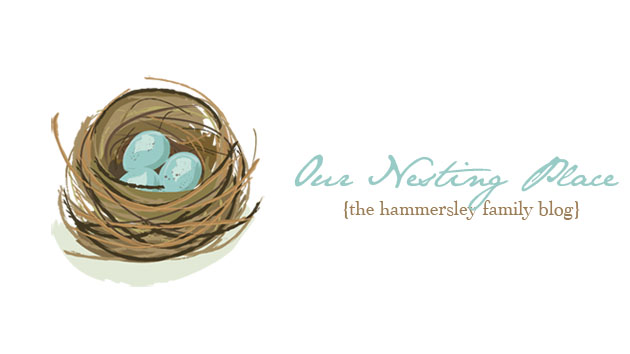I always wonder what it would be like raising my children back when my grandparents were young. Times have dramatically changed, from how to cook, clean, how many cars a family has, & our styles! Wow, thats a big one. When I was a child, I can remember hanging our clothes on a clothesline that my father made. I wasn't allowed to use the dryer. I HAD to hang them on the clothesline when it was nice out. It saved money, and back then money was important. Today, in my neighborhood, clotheslines are BANNED! Banned??
Could you imagine a clothesline being banned in 1950? With our global environmental "crisis", saving energy should be a priority for the health of our planet. Right? Now everyone is more worried about what their houses & yards "look" like, and don't seem to care if they pay $150.00 per month in energy bills. Where did our freedom go? Where did our senses go?
I love how charming clotheslines look with blowing sheets hanging from it, in the back yard. The smell of fresh air! Maybe, one day I will own a clothesline of my own. I found this story online, about the history of clotheslines and what they told us. Its so neat to think that something as simple as a clothesline could tell us what a persons occupation was, about how many kids they had, what their status was, etc...
Here's the article...
This sentinel of the prairie, standing upright and proud (or maybe crude and unsteady) stood year after year in resolute service to its owner. Each Monday morning, weather permitting, the family wash was sorted, boiled, scrubbed, rinsed and wrung, then carried to the clothesline in baskets and hung out to dry.
The number of persons in the family at any residence could be quickly determined by noting the number of wires in the line’s construction.After a quick swipe with a wet rag to clean rust and dust from the line, heavier articles were hung close to the ends and lighter items near the center to help prevent sag. A few hours later, depending on humidity, breeze and temperature, the family’s clothing was once again clean and sun-freshened, ready for re-use.
Such information is old hat to all who recall using clotheslines. Now, let’s get down to the real significance and psychology of this utilitarian device. First, the construction and condition of the clothesline offers clues to the pride of the owner and especially the powers of the “little woman” within the family. A well-constructed clothesline usually meant the wife had great persuasive qualities with her husband.
Second, by viewing the placement of the clothes, one could deduct the discipline exercised on the washday chore. A prop stick in the middle of the line revealed the woman was short in stature and needed a boost to raise the line after hanging clothes. Doubled-up hangings might mean a shortage of clothespins. A small, lower line to the side meant the small children were meant to hang up socks.
Third, the number, age and gender of family members could be determined merely by counting the hanging garments. A door-to-door salesman knew to call on Monday when the family would definitely be home. Before knocking on the door, he could learn valuable information about potential customers merely through careful study of the clothesline.
Basics in the facts of life were often revealed clinging to the clothesline. Questions by inquisitive youngsters and budding romantics could be answered merely by close examination of the odd-shaped garments waving in the breeze (when no one was looking, of course).
A full line contained many clues as to the owner’s occupation. Heavy, coarse work clothes and long handles indicated a farmer, mechanic or mill worker in residence. Cowboy shirts, bandannas and Levi’s pointed to a rancher’s abode. White shirts, dress pants and undershirts suggested a banker, shopkeeper or clerk made his home within.
Last and most important, the family’s financial wellbeing could be determined through close scrutiny of the personal display. Light-colored, silky underclothes with elastic waists meant the family was enjoying prosperity. Homemade drawers of rough fabric with string ties meant the fortunes of the family could be better. The ultimate indicator of financial status was determined by counting patches. The more patches, the harder the times.
I was too young to pay attention to early-day Trew clotheslines, but I have no doubt there were a lot of patched, flour- and feed-sack drawers flapping in the Texas Panhandle breeze.
Delbert Trew is a freelance writer, retired rancher and supervisor of the Devil’s Rope Museum in McLean, Texas.
Fresh laundered sheets, blowing in the breeze...






Toni - I loved this article it brought back so many memories of my days growing up watching my grandmother and mother hanging laundry out. We used to get in trouble if we ran through it. Also did my fair share of learning to hang laundry. I do miss seeing laundry hanging out now that you talk about it. Sad some of the things that we took for granted. It took time but oh the smell and that is something dryer sheets cannot duplicate. Hope all is well with you. Thanks for a great post.
ReplyDeleteI wish we could hang our laundry here. I would LOVE to have a clothesline in my backyard! So many good memories for me at my grandma's house. Not to mention, I hate tunning my dryer in the heat of summer!
ReplyDeleteHaven't been on your blog in awhile, you've been busy!